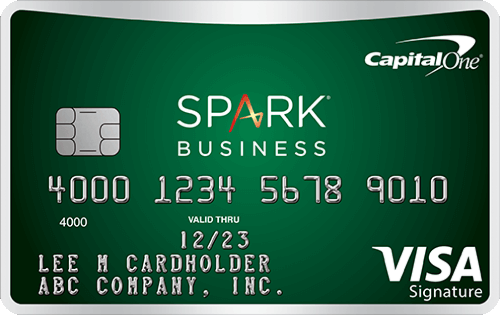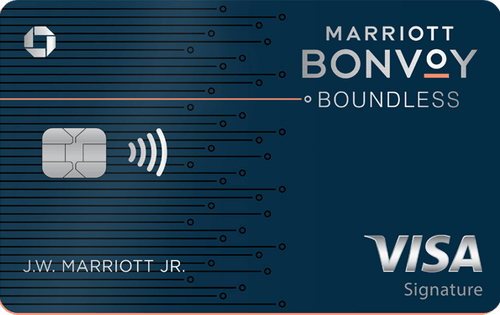Who is this card for?
The Reserve is a lucrative travel rewards card for frequent travelers who dine out often and have the stamina to find the best value when they redeem their points.
We used Chase’s own numbers to understand who is best served by this card. In the bank’s 2017 Investor Guide presentation (PDF), it found that early users of the card had a FICO credit score around 785, with an annual household income of $180,000 and about $800,000 in investable assets.
Don’t fret if that profile doesn’t exactly fit you. Early adopters were likely to skew higher in those metrics, as the bank sought customers who would not only use the card consistently but might also take on other Chase products (such as a mortgage).
- 25% redemption bonus when points are used through the Chase Ultimate Rewards program
- Get cards for your employees at no additional cost
- No foregin transaction fees
- $95 annual fee
Who isn’t this card for?
You’ll have to pay, in both time and money, to benefit from the Reserve, and some of the benefits are eroding in value.
A high annual fee
You’re subject to a $450 annual fee as soon as you’re approved for the card. According to Experian, more than half of Americans want a credit card with no annual fee; if that sounds like you, check out our no-annual-fee pick. The annual fee isn’t a deterrent for many Reserve fans—cardholders we talked to recouped $300 through travel credits within a few months, effectively reducing the annual fee to $150.
A low rewards rate for non-travel and non-dining spending—unless you have another Chase card
You don’t receive great rewards value for any non-travel or non-dining spending, which nets one point per $1 spent, or 1.5 points if you redeem the points for travel through Chase Ultimate Rewards.





